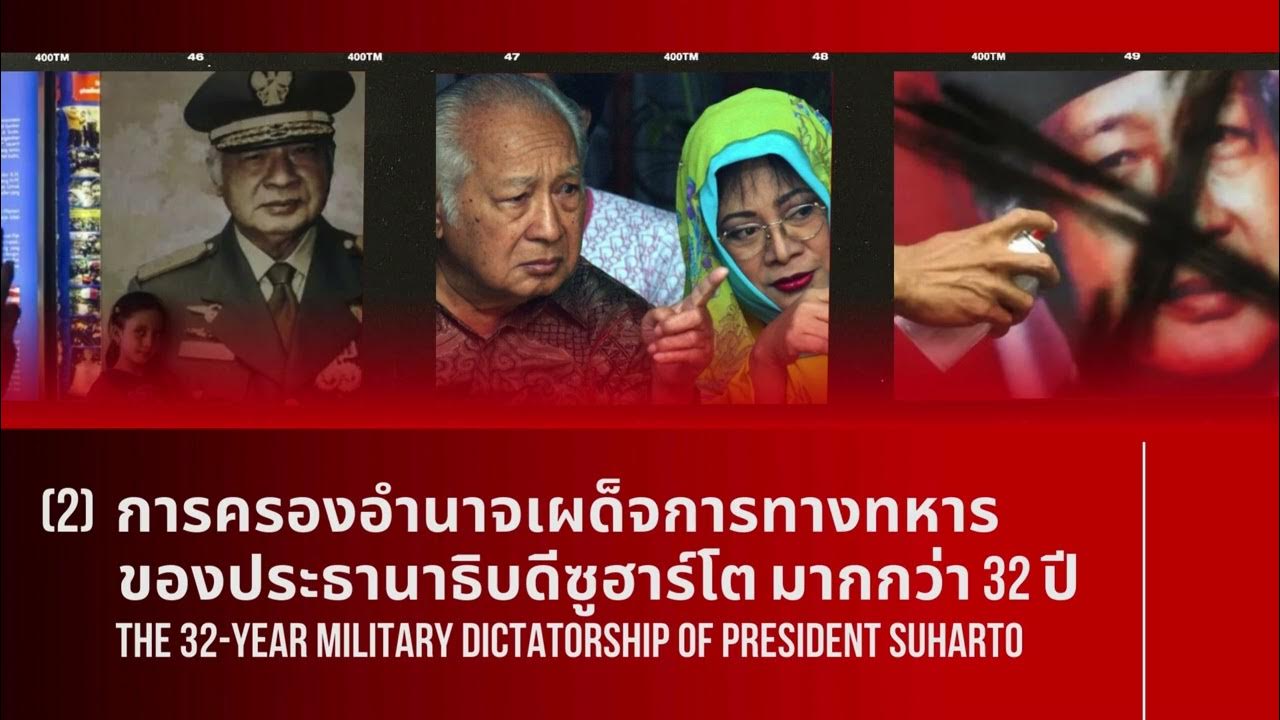Contemporary Indian Literature in English Translation || MEG 14: unit 3 || MEG IGNOU
Summary
TLDRIn this video, the speaker introduces Unit 3 of Block 1 of G14, offering an insightful exploration of comparative literature. The discussion touches on various aspects, such as the comparison of literary works across different cultures, languages, and historical contexts, with examples like partition literature from India and Pakistan. The importance of interdisciplinary studies, including politics, sociology, and economics in literature, is emphasized. Notable scholars and texts, including Henry H. Remarque and Sterling K. Das, are highlighted for their contributions to the field. Viewers are encouraged to access additional resources, such as playlists and study materials, to support their learning.
Takeaways
- 😀 The lecture covers Unit 3 of Block 1 of G14, with resources available in the 'Igan MA English MG' playlist for students.
- 😀 Students are encouraged to explore the playlist for lecture series, solved assignments, and resource material for upcoming exams.
- 😀 Comparative literature involves comparing literary works across different subjects in the humanities and social sciences.
- 😀 Scholars in comparative literature are known for analyzing and comparing different cultures, languages, and literary traditions.
- 😀 The partition of India and Pakistan is an example of how comparative literature looks at historical and cultural events in literary works.
- 😀 Comparative literature is not limited to one literary tradition but spans multiple cultural contexts and approaches.
- 😀 The roots of comparative literature are traced back to ancient times with a comparative analysis of poetry and history.
- 😀 American scholarly work in comparative literature focuses on literary texts across multiple languages, examining contrasts and analogies.
- 😀 Henry H. Remarque suggests that comparative literature should extend beyond national borders and explore its relationship with other fields like politics, economics, and sociology.
- 😀 Sterling K. Das highlights the integration of multiple languages, such as Sanskrit and Malayalam, showcasing a broad perspective of literature beyond language barriers.
- 😀 Works like the 14th-century text *Lia Lo* and Southern ballads highlight the hybrid nature of literature, embracing multilingual and multicultural traditions.
Q & A
What is the main topic of today's lecture?
-The main topic of the lecture is Unit three of Block one of G14, which focuses on comparative literature.
Where can viewers access information related to MG?
-Viewers can access all the information related to MG through the playlist 'Igan MA, English MG,' which is linked in the description box as well as in the comments.
What resources are available in the 'Igan MA, English MG' playlist?
-The playlist includes short lecture series that can help boost performance in the upcoming term-end examination, along with information about purchasing resource materials like solved assignments and lecture series from Daily Bite.
What is comparative literature?
-Comparative literature is the study of two different literary works or subjects, often from humanities or social sciences, through comparison. It includes studying literary texts across cultures, languages, and other fields.
How does comparative literature evolve?
-Comparative literature evolves by analyzing literary texts from multiple languages through contrast, analogy, and examining their relationships with different fields such as politics, economics, sociology, or religion.
Who are the scholars in the field of comparative literature?
-Scholars in the field of comparative literature include those who explore cultural exchanges and human experiences through literature. Notable examples include Sterling K. Das and Henry H. Remarque.
What does the American view of comparative literature emphasize?
-The American view of comparative literature emphasizes the study of literary texts in multiple languages through contrast or analogy, and the exploration of literary connections between linguistic groups.
How does Henry H. Remarque contribute to the field?
-Henry H. Remarque extends comparative literature beyond national borders by exploring the relationships between literature and various fields such as politics, economics, sociology, and religion.
What role do multilingual and multicultural traditions play in literature?
-Multilingual and multicultural traditions contribute to a broader perspective of literature, allowing for hybrid styles and the blending of different linguistic and cultural elements, as seen in works like the 14th century text 'Lia Lo' and Southern ballads.
What can viewers do to stay updated and access more resources?
-For quick and regular updates, viewers can visit the official website, download the Daily Bytes application, and use the code 'MG500' to access PDFs and other materials for term examinations.
Outlines

هذا القسم متوفر فقط للمشتركين. يرجى الترقية للوصول إلى هذه الميزة.
قم بالترقية الآنMindmap

هذا القسم متوفر فقط للمشتركين. يرجى الترقية للوصول إلى هذه الميزة.
قم بالترقية الآنKeywords

هذا القسم متوفر فقط للمشتركين. يرجى الترقية للوصول إلى هذه الميزة.
قم بالترقية الآنHighlights

هذا القسم متوفر فقط للمشتركين. يرجى الترقية للوصول إلى هذه الميزة.
قم بالترقية الآنTranscripts

هذا القسم متوفر فقط للمشتركين. يرجى الترقية للوصول إلى هذه الميزة.
قم بالترقية الآنتصفح المزيد من مقاطع الفيديو ذات الصلة

Political System and Governance of Indonesia

Apa Itu Comparative Literature atau Sastra Perbandingan?

Kitap Özeti: Fluent Forever (Yabancı Dil Öğrenmenin En Akıcı Hali)

PERANGKAT UTAMA ODU & IDU PADA VSAT - SISTEM KOMUNIKASI SATELIT - SMK KPM - tugas AIJ/ASJ - XII TKJ

Comparative advantage specialization and gains from trade | Microeconomics | Khan Academy

Concept of Vector Point Function & Vector Differentiation By GP Sir
5.0 / 5 (0 votes)
